Understanding Papua New Guinea by Don Silcock
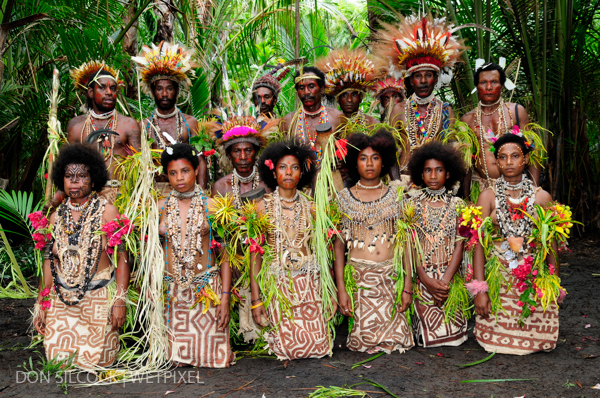
Understanding Papua New Guinea
By Don Silcock.
Papua New Guinea is a truly global destination for divers and underwater photographers who like to travel and explore exotic places.
Its location, right in the middle of the Coral Triangle:
The single most biodiverse geographical area in the world - plus the fact that it was a major theatre of war between the Japanese and Allied forces in WWII, means that it has an almost unique combination of reefs, critters and wrecks!
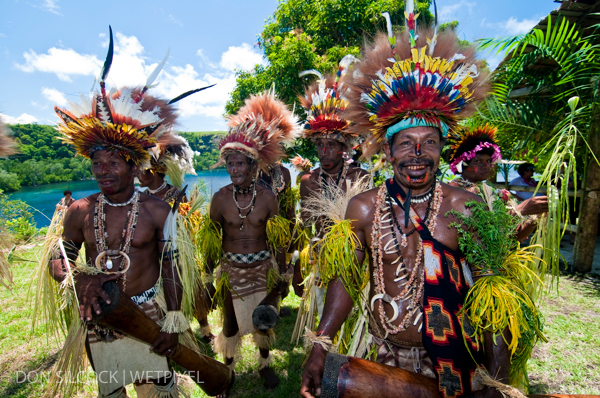
But… it must be said, that the country suffers from a bad reputation for crime, corruption and random violence that makes many potential visitors look elsewhere.
So, what is the reality and just how dangerous is it? Should You Even Go?
PNG is not for everyone, and if you are looking for a resort-style vacation then it is definitely not for you, but if you prefer things a bit more on the wild and adventurous side of life then read on…
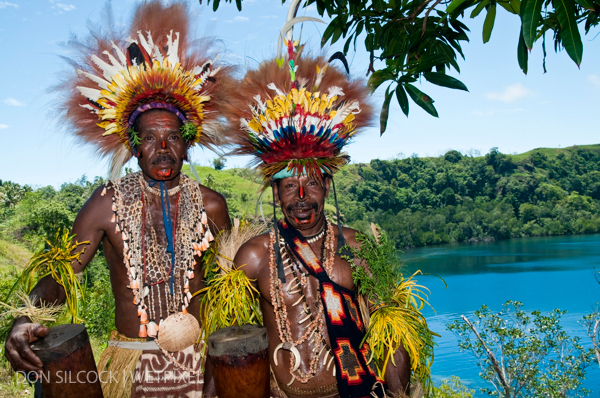
The basic thing about Papua New Guinea is that it is one of the world’s most diverse and contrasting countries with a population of just under 8m people, who speak over 850 languages and belong to almost 1000 traditional societies and ethnic indigenous groups. Overlay on that the other basic fact that the country only became independent in 1975, in a rushed move by the former colonial ruler Australia that created far more problems than it solved.
Then consider the incredible topography and geography of the country, the sheer difficulty of establishing and maintaining core infrastructure and you start to get the picture!
PNG is also not an easy country to run a business in, but the dive operators in all the main locations have been there for many years and know how to get things done. Plus (in my experience) they understand that visitors have many other locations to choose from these days and go out of their way to try and give you the experience you hoped for.
So… Just How Dangerous is Papua New Guinea?
To answer that question, you first need to understand that PNG is not the lawless and inherently dangerous place that countries such as Afghanistan and Somalia are - there are no warlords with private armies and you won’t see pick-up trucks with armed militias driving around!
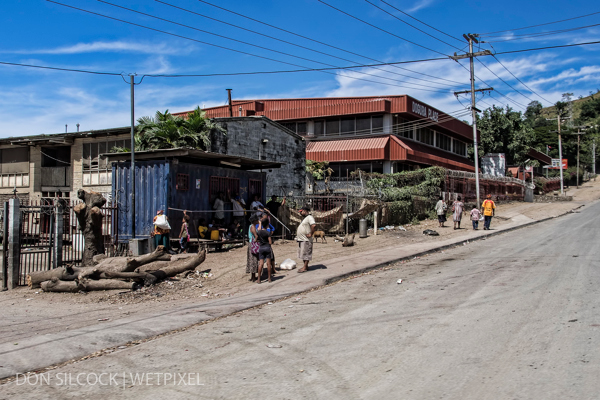
Instead, the potential danger in PNG is from the “Raskol” gangs that dominate the squatter camps on the outskirts of Port Moresby and to a lesser extent Lae and Rabaul.
Raskols are a phenomenon that originates in Papua New Guinea’s tribal-based society, where about 85% of population live in traditional rural villages and tightly-knit, subsistence-based communities that grow and hunt for the staples of life.
Employment opportunities are few and young men are often tempted to seek their fortunes in the cities, but with no real job skills, they rarely succeed and end up either having to return to their villages in defeat or join the Raskol criminal gangs - which, in many ways, are similar to the notorious criminal gangs of Los Angeles.
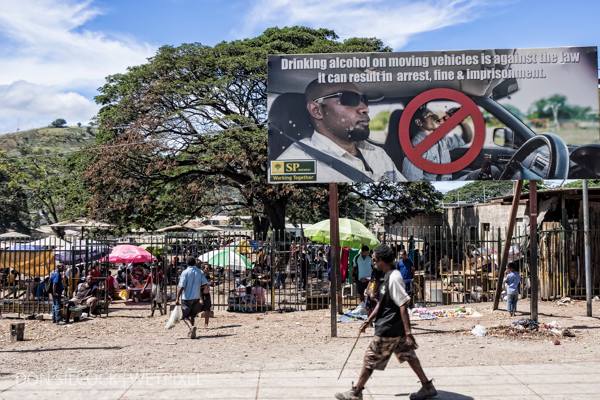
Raskols first appeared in the early 1960’s when the area we now know as Papua New Guinea was still an Australian colony, however since independence in 1975 the country’s long and dismal record of poor governance (despite the abundance of natural resources) has seen the number of gangs steadily increase.
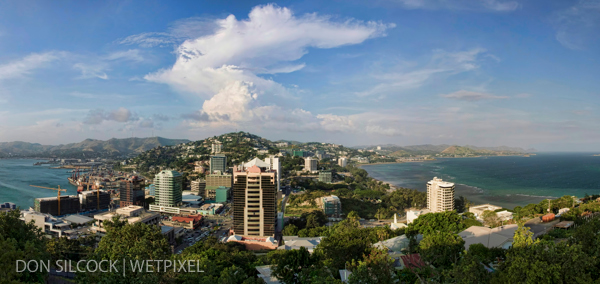
So, to answer that question – yes, there is a very real element of danger in certain parts of Port Moresby and to a lesser degree in some of the smaller towns. But as a visitor to PNG, the real question is how exposed would you be to that danger and the answer is very little, because just like the visitor to Los Angeles, you are highly unlikely to go anywhere near the areas where the actual danger is!
Port Moresby
There are really two Port Moresby’s… First there is the downtown and beach side suburbs most expats and rich locals live, plus that is where many of the main hotels are located.
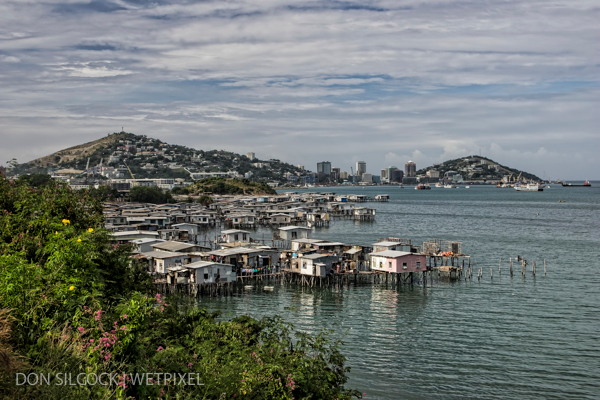
Here the average three-bedroom house costs more than $750,000 and the rent for a two-bedroom apartment can easily exceed $1000 per week - expensive by any standard, but totally out of the question for ordinary locals where the average weekly salary is less than $200.
These are areas where violent crime is always a possibility, but in reality, only occur occasionally and usually with severe (ex-judicial) retribution by the police when the perpetrators are caught.
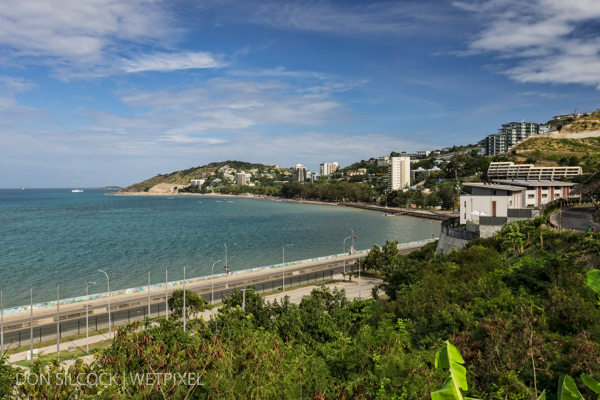
Then there is the other Port Moresby, where the locals live and violent crime, particularly against females, is often systematic and very much a part of daily life. The situation is at its very worse in the squatter camps like Six Mile that occupy the edges of Port Moresby.
Transit
If you are considering a trip to Papua New Guinea there is no alternative but to go via Port Moresby, as the nation’s capital is the only international gateway in to the country.
Having heard about the Raskol gangs this obviously makes most people quite nervous, but remember we are not talking about Kabul or Mogadishu here and with a bit of careful planning, plus a sensible amount of caution, you can reduce the risks to almost zero. There are two main ways to transit through Moresby - you can arrange your flights to arrive in time to get through immigration and customs at the international terminal and make the short transfer to the domestic terminal for your onward flight.
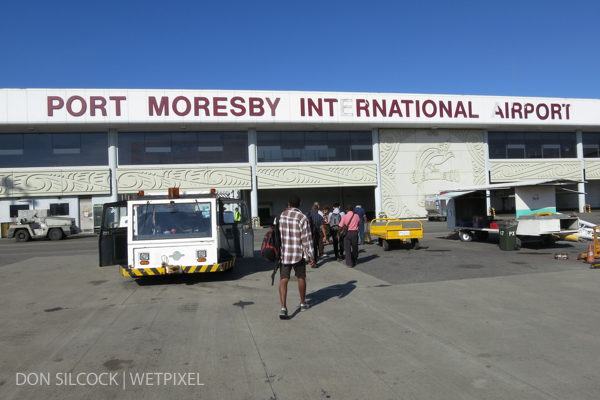
To do that you will need to arrive around mid-day and have at least a two-hour gap before your onward flight, which means that you need to arrive in Port Moresby from Australia, as flights from other international locations rarely arrive in time to make the onward connection.
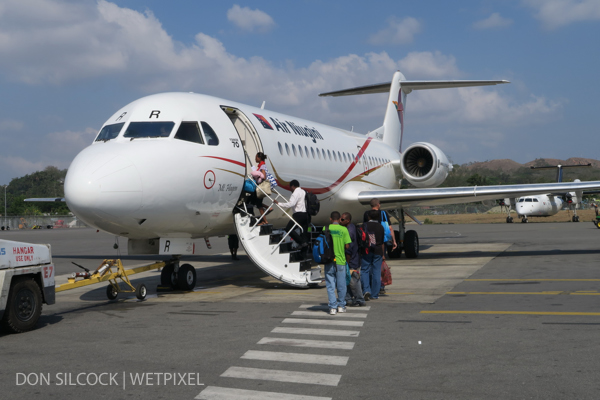
Similarly, on your outward journey most of the main diving locations have morning flights to Moresby so you can fly to Australia in the afternoon as those incoming flights turn around and head out again.
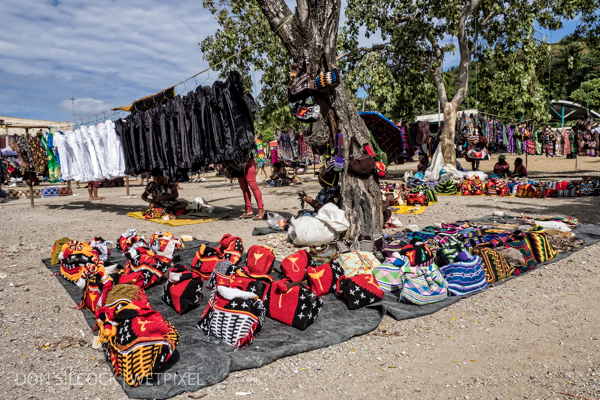
But if you cannot make those connections work, then the second option is staying overnight in Port Moresby. There is a third option of biting the bullet and taking a few days to sample the remarkably good diving to be had around Port Moresby, but I will cover that in a subsequent article…
Overnighting in Port Moresby
There are now several good hotels to choose from in Port Moresby, which is the good news. The bad news is that they are quite expensive.
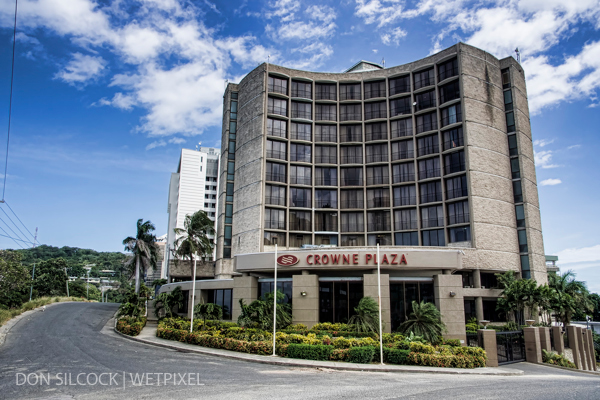
The Airways and the Gateway are located close to the airport, while the rest are in the downtown area and all operate free shuttles that will pick you up on arrival and drop you back at the airport the next day. This means that a local who knows how to spot trouble is looking after you and that you are in safe hands.
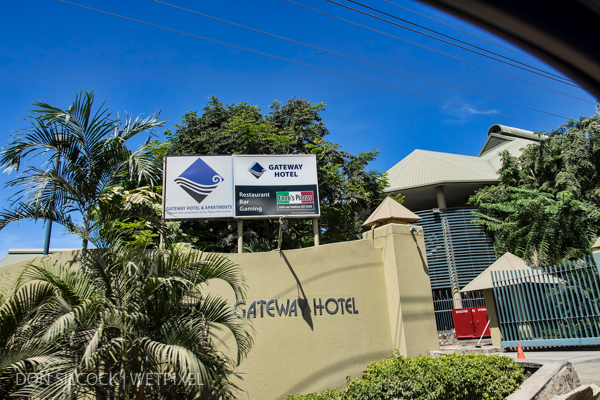
All the hotels have 24-hour security and most people in transit tend to stay indoors, but there are some interesting things to see in Port Moresby and the best way to do that is by arranging a tour with the hotel. So, don’t allow the bad press to put you off going to Papua New Guinea as there is some really excellent diving to be had and many unique things to see. Yes, there is some risk but it basically revolves around getting through Port Moresby because once at you get to your final destination and at your resort, or on your liveaboard, you will be in very safe hands.
The risks around transiting through Port Moresby are completely manageable with some good planning and a modicum of common sense!
Don Silcock
For more information and insight on Papua New Guinea, including the country’s special culture, things to do and see in Port Moresby and where to stay check out Don’s Complete Papua New Guinea Survival Guide…
Don’s website has extensive location guides, articles and images on some of the best diving locations in the Indo-Pacific region.